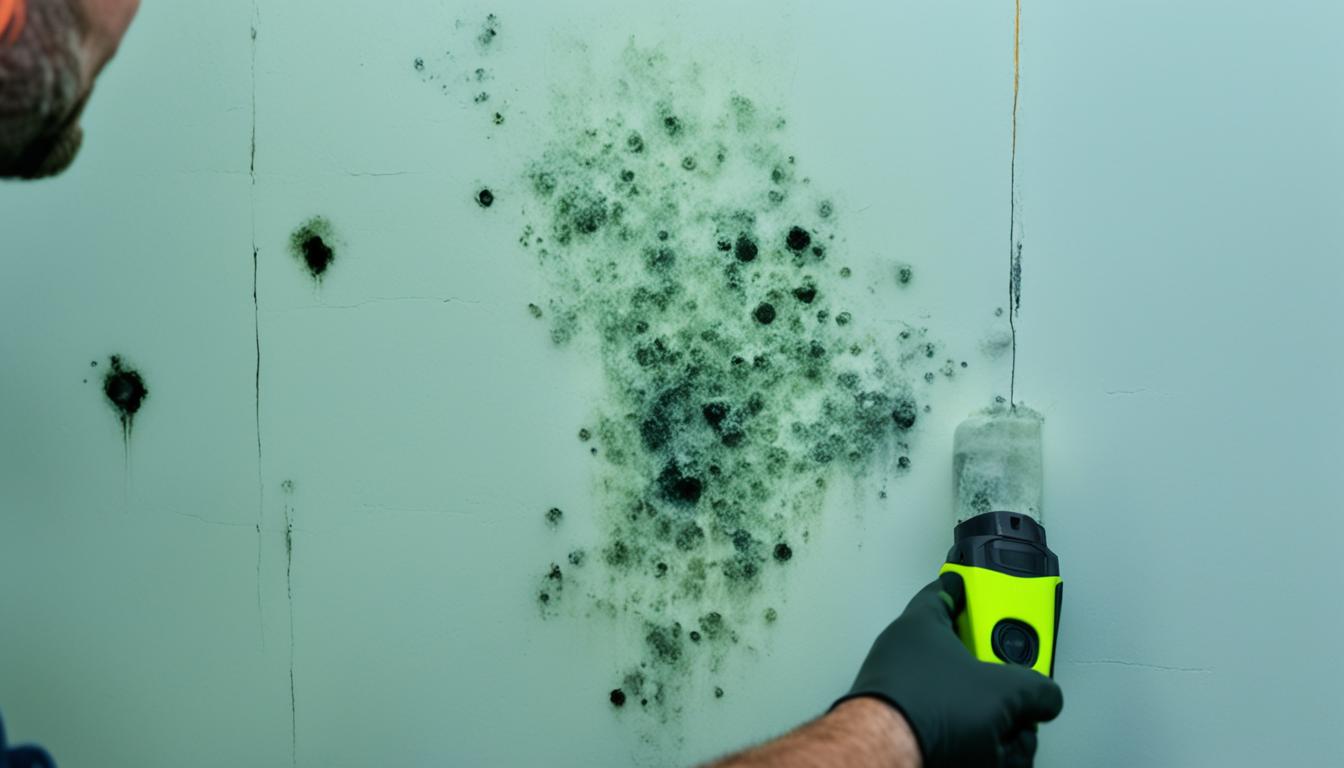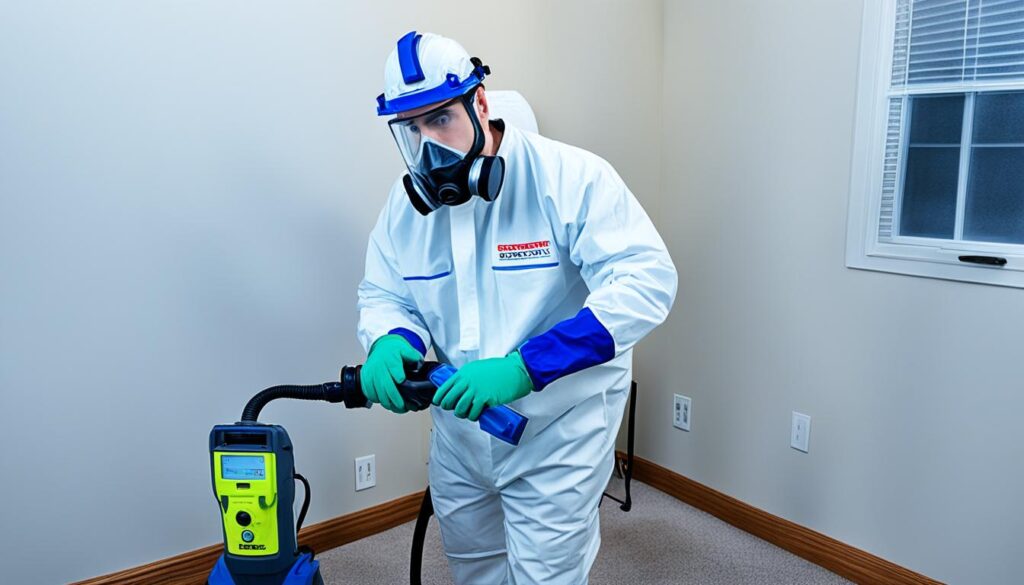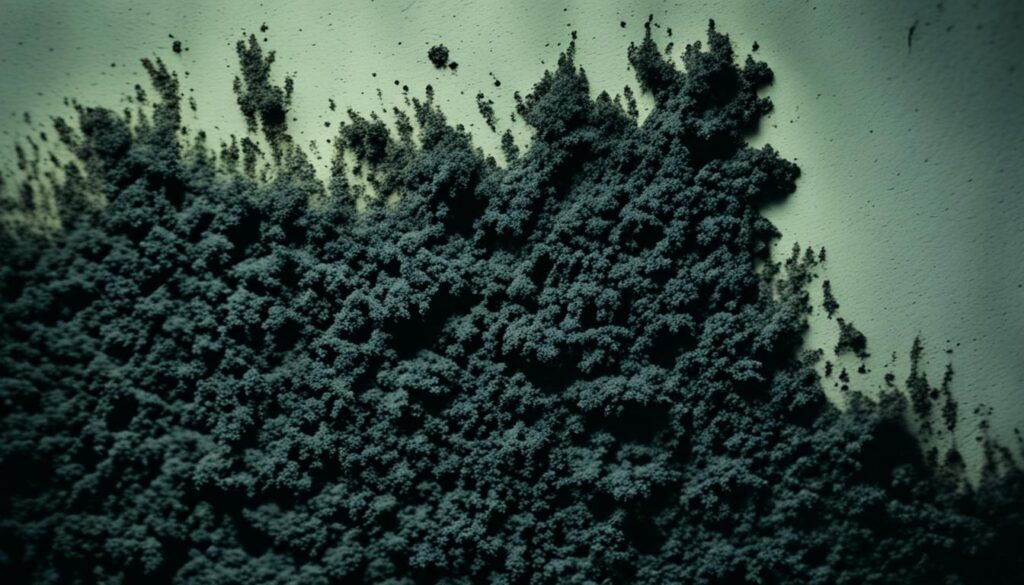
Comprehensive Mold Reports for Healthy Homes
Welcome to our informative guide on the importance of comprehensive mold reports in maintaining a healthy and safe home environment. Mold can be a hidden threat that can impact the well-being of your family and the integrity of your property. Understanding the process of mold inspection and testing, as well as the insights provided by comprehensive reports, is essential in addressing mold issues effectively.
Mold inspection is a vital step in identifying the presence of mold and assessing its extent. Trained professionals conduct thorough inspections to identify areas of moisture intrusion, water damage, and microbial growth. Through advanced testing techniques, they collect samples for analysis to determine the types and levels of mold in your home. These findings are then compiled in comprehensive mold reports, providing you with valuable information to make informed decisions regarding mold remediation.
By obtaining comprehensive mold reports, you gain expert insights into the severity of the mold problem, the potential health risks, and the necessary steps for remediation. These reports serve as a critical reference for mold remediation specialists, ensuring that the appropriate measures are taken to protect your home and family.
Key Takeaways:
- Comprehensive mold reports provide valuable insights into mold presence and severity in your home.
- Mold inspection and testing are crucial steps in identifying and assessing mold issues.
- Professional mold reports assist in making informed decisions regarding mold remediation.
- Expert insights in mold reports help protect your home and the health of your family.
- Mold reports serve as a reference for mold remediation specialists to ensure appropriate actions are taken.
Mold Remediation: Protecting Your Home and Family
When it comes to maintaining a healthy home environment, mold remediation plays a crucial role in protecting your property and your family’s well-being. Indoor air quality and mold growth are closely connected, with mold spores in the air potentially causing a range of health issues. That’s why conducting mold assessments is essential to determine the best course of action for remediation.
By addressing mold issues promptly, you can prevent further damage to your home and ensure the safety of your loved ones. Mold not only affects the structural integrity of your property but can also lead to respiratory problems, allergies, and other health complications.
During a mold assessment, professionals will evaluate the extent of mold growth, identify the type of mold present, and assess any underlying causes such as water leaks or poor ventilation. This comprehensive evaluation allows for the development of an effective remediation plan tailored to your specific situation.
It’s important to understand that mold remediation should be handled by experienced professionals to ensure proper containment, removal, and prevention of future mold growth. DIY methods often fall short in effectively addressing the root cause of the problem, resulting in recurring mold issues.
By investing in professional mold remediation, you can improve your indoor air quality and create a safe living environment for your family. Protect your home and loved ones from the harmful effects of mold by prioritizing mold assessments and taking timely remedial measures.

Mold remediation is the key to maintaining a healthy and safe home for your family. Don’t let mold compromise your well-being. Take proactive steps to address and eliminate mold issues effectively.
Professional Mold Inspection and Analysis
When it comes to safeguarding your home and family from the harmful effects of mold, professional inspection and analysis play a crucial role. Detecting black mold, analyzing its presence, and documenting the findings are essential steps in ensuring a comprehensive assessment of mold issues. By understanding these processes, homeowners can take proactive measures to address and prevent mold growth in their living spaces.
The Significance of Black Mold Detection
Black mold, also known as Stachybotrys chartarum, is a toxic type of mold that can severely impact indoor air quality and pose significant health risks. As individuals exposed to black mold can experience various respiratory problems, allergies, and even neurological issues, timely detection becomes paramount.
A professional mold inspection expert will use state-of-the-art equipment and techniques to identify the presence of black mold in your home. These experts are trained to recognize the visual signs, such as the distinctive black or greenish-black appearance, and can also conduct air and surface sampling to confirm its presence. Their expertise allows for accurate identification and targeted remediation strategies.
The Process of Mold Analysis and Documentation
Mold analysis involves a thorough evaluation and characterization of the mold samples collected during the inspection. This analysis can help determine the specific mold species present, their concentration, and potential health hazards associated with them. It provides valuable insights for devising a tailored mold remediation plan.
During the analysis, experts may use various techniques, such as microscopic examination or DNA testing, to identify the mold types accurately. Once the analysis is complete, the findings are meticulously documented. These detailed reports include information about the mold species, severity of infestation, affected areas, and recommendations for remediation.
The documentation serves as a crucial reference tool for homeowners, insurance companies, and remediation specialists. It provides a comprehensive overview of the mold issues, enabling effective communication, planning, and execution of remediation efforts.

If you suspect the presence of mold in your home, don’t delay in seeking professional mold inspection and analysis services. By taking prompt action, you can protect the health and well-being of your family and maintain a safe living environment.
Conclusion
In conclusion, comprehensive mold reports play a crucial role in maintaining a healthy home environment. By following the process of mold inspection, testing, and remediation, you can proactively address mold issues and ensure the well-being of your family.
Through professional mold analysis and documentation, you gain valuable insights into the extent of mold growth, including the detection of black mold. This information empowers you to make informed decisions about the necessary remediation measures.
Prioritizing mold reports is not just about preventing property damage; it’s about safeguarding your family’s health. By promptly addressing mold issues and creating a safe living space, you reduce the risk of respiratory problems, allergies, and other health complications associated with prolonged exposure to mold.
Remember, prevention is key. Regular mold inspections and comprehensive reports enable you to identify and tackle mold problems at an early stage, mitigating the potential for extensive damage and costly repairs. By investing in professional mold assessment and analysis, you take a proactive approach to maintain a healthy home for years to come.




